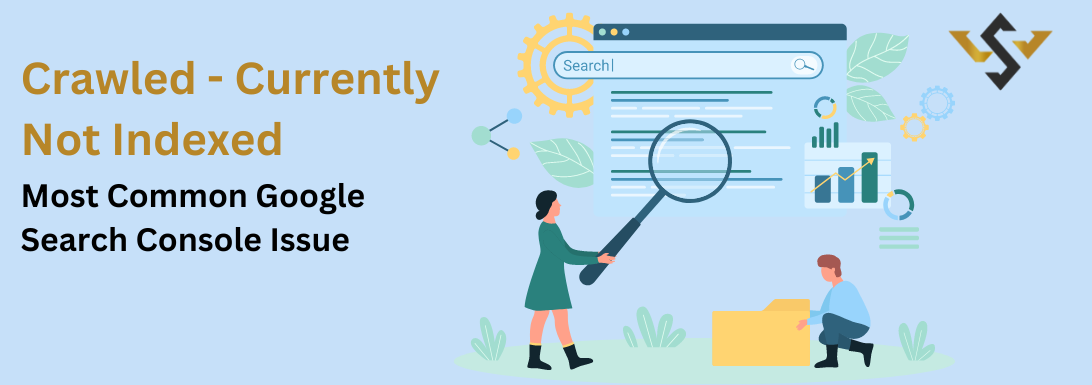
Introduction of Google Indexing issues
When it comes to optimizing a website for search engines, appearing in the Google search results is crucial. However, website owners often encounter a frustrating issue known as “Crawled – Currently not Indexed" in Google Search Console. This issue occurs when Google's web crawler, known as Googlebot, successfully visits and crawls the website's page is not indexed crawled currently not indexed for inclusion in the search results. This problem is among the most common ones faced by website owners, and understanding its causes and potential solutions is essential for improving a website's visibility and organic traffic. In this article, we will delve into the intricacies of this issue and explore effective strategies to overcome it.
The Importance of Indexing for SEO
Indexing plays a critical role in the realm of Search Engine Optimization (SEO) as it directly influences a website's visibility and ranking in search engine results. When a webpage is indexed by search engines like Google, it becomes eligible to appear in search results when users enter relevant queries. This increased visibility translates into more organic traffic, as search engines serve as primary sources of website visitors.
Indexing allows search engines to efficiently crawl and understand a website's content, making it easier for them to match the content with user queries. This improves the overall user experience and ensures that the right audience is exposed to the website's offerings. Moreover, proper indexing enhances a website's ranking potential. Indexed pages undergo evaluation by search engines, taking into account factors like relevance, quality, and user engagement.
What is the Google crawled - Currently Not Indexed issue

The “Crawled – Currently not Indexed" (Google search console crawled currently not indexed) issue in Google Search Console refers to a situation where Googlebot, Google's web crawler, successfully crawls and visits the pages of a website (Google discovered currently not indexed) but does not include them in its index for search results. This means that even though the website's pages have been discovered by Googlebot, they are not visible or accessible to users searching on Google. As a result, the website's visibility and organic traffic suffer since it does not appear in search engine results pages (SERPs). This issue can be frustrating for website owners who want their content to be indexed and easily found by potential visitors.
What are the reasons for the page is not indexed crawled - currently not indexed
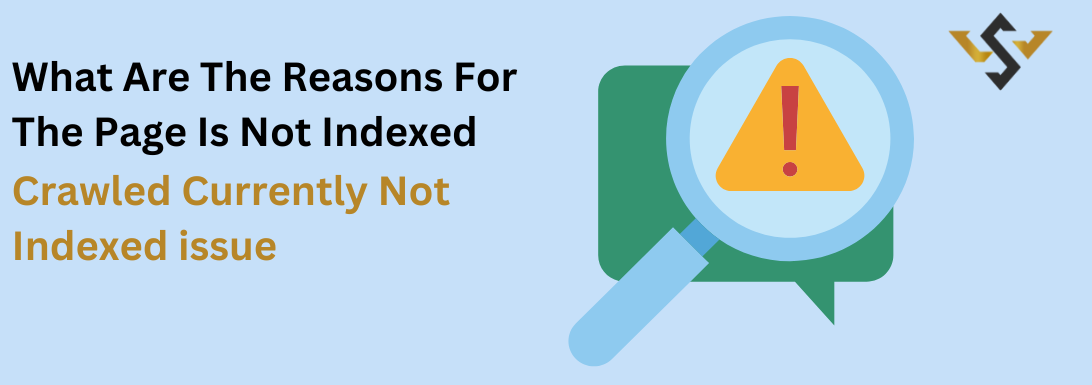
There are several potential reasons why a page on a website may be crawled – currently not indexed by Google. Understanding these reasons can help website owners diagnose and address the issue. Here are some common causes:
Page Quality:
Google prioritizes indexing pages that provide high-quality content and a positive user experience. If your page contains thin or duplicate content, excessive ads, or lacks relevance, Google may choose page is not indexed crawled currently not indexed.
Indexing Restrictions:
Certain website settings or directives, such as using the “noindex" meta tag or the “X-Robots-Tag" HTTP header, can explicitly instruct search engines not to index specific pages. Check your website's configuration to ensure there are no unintentional restrictions.
Crawlability Issues:
If Google bot encounters technical obstacles while crawling your page, such as server errors, slow page load times, or inaccessible URLs, it may not be able to index the content properly. Conduct a thorough technical audit of your website to identify and resolve any crawlability issues.
New or Low-Authority Pages:
Google may prioritize indexing pages from reputable and well-established websites over newer or low-authority ones. Building a strong backlink profile and improving your website's overall authority can help increase the chances of your pages being indexed.
Manual Actions:
In some cases, Google may manually apply a penalty or action to your website, resulting in specific pages not being indexed. Review your Google Search Console for any manual actions and follow the provided instructions to resolve them.
It's important to note that Google's indexing process can take time, and not all pages on a website will be indexed immediately. However, if you consistently encounter the “Crawled – Currently not Indexed" issue, it's crucial to investigate and address the underlying causes to improve your website's visibility in search results.
Common Misconceptions about Page Indexing Issues Myth vs Reality
Myth: Page Indexing issues are solely the responsibility of search engines.
Reality: While search engines play a crucial role in indexing websites, website owners also have a significant responsibility in ensuring proper indexing. It's important to create a website structure that is easily crawlable, optimize content for search engines, and address any technical issues that may hinder indexing.
Myth: Indexing guarantees immediate visibility in search results.
Reality: Just because a page is indexed doesn't mean it will immediately appear in search results. Search engines use complex algorithms to rank and display pages based on various factors like relevance, authority, and user signals. It may take time for a newly indexed page to gain visibility and climb up the rankings.
Myth: Submitting a sitemap guarantees indexing of all pages.
Reality: While submitting a sitemap to search engines can help them discover and crawl your pages, it doesn't guarantee that all pages will be indexed. Search engines prioritize indexing based on various factors, including content quality, relevance, and backlinks. A sitemap is merely a helpful tool, but other optimization efforts are necessary for comprehensive indexing.
Myth: Indexed pages will always remain in search engine results.
Reality: Indexed pages can be removed from search results for various reasons. Search engines may de-index pages that violate their guidelines or receive a manual penalty. Additionally, website owners can use directives like “noindex" tags or password protection to prevent specific pages from being indexed. Regular monitoring and adherence to best practices are necessary to maintain indexed pages' visibility.
Understanding the reality behind indexing issues can help website owners navigate and address them effectively. By dispelling common misconceptions, they can focus on implementing sound SEO practices, optimizing their websites, and working in collaboration with search engines to ensure optimal indexing and visibility.
How to fix Google Search Console issue Crawled - currently not indexed
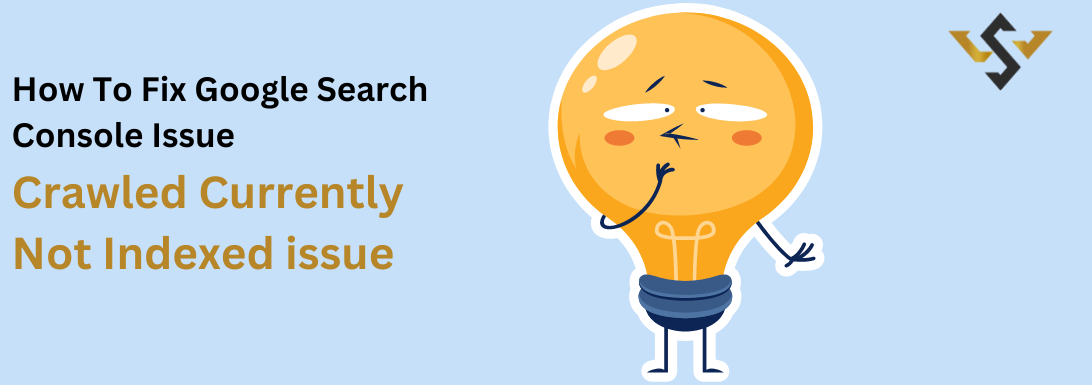
Fixing the “Crawled – Currently not Indexed" issue in Google Search Console requires a systematic approach to address potential underlying causes. Here are some steps you can take to resolve this problem:
Review Indexing Settings:
Ensure that your website doesn't have any unintentional indexing restrictions. Check for the presence of “noindex" tags in the HTML code or directives like “X-Robots-Tag" in the server response headers. Remove or modify these directives to allow indexing of the desired pages.
Improve Page Quality:
Assess the quality of the pages that are not indexed. Make sure they offer valuable and unique content that aligns with user intent. Avoid thin or duplicate content, excessive advertisements, or irrelevant information. Enhancing the overall quality of the pages can increase the likelihood of them being indexed.
Check Technical Issues:
Examine your website for technical issues that might hinder indexing. Ensure that your website's robots.txt file doesn't block the crawling of important pages. Address any server errors, such as 5xx or 4xx status codes, which might prevent Googlebot from properly accessing and indexing the pages. Additionally, optimize page load times and ensure URLs are accessible.
Verify Canonicalization:
Review the implementation of canonical tags on your pages. Incorrect or misused canonical tags can confuse search engines and prevent proper indexing. Ensure that canonical tags point to the correct and preferred version of a page, especially when dealing with duplicates or similar content.
Build Backlinks and Authority:
Improve your website's authority and trustworthiness by focusing on building high-quality backlinks from reputable sources. A stronger backlink profile can increase the chances of Googlebot indexing your pages and improve overall rankings.
Monitor Manual Actions:
Check if there are any manual actions reported in Google Search Console. Manual actions are penalties imposed by Google for violating their guidelines. If there are any manual actions, follow the provided instructions to resolve them and request a reconsideration if necessary.
Be Patient:
Sometimes, indexing can take time, especially for new or low-authority pages. Google's algorithms need to evaluate and rank pages based on various factors before indexing them. Continuously monitor your website's performance and ensure that you're implementing proper SEO practices to increase the chances of indexing over time.
Fixing the “Crawled – Currently not Indexed" issue requires a combination of technical optimization, content improvement, and adherence to search engine guidelines. By systematically addressing these factors, you can improve your website's indexing and increase its visibility in search engine results.
Tools and Resources to Aid Indexing
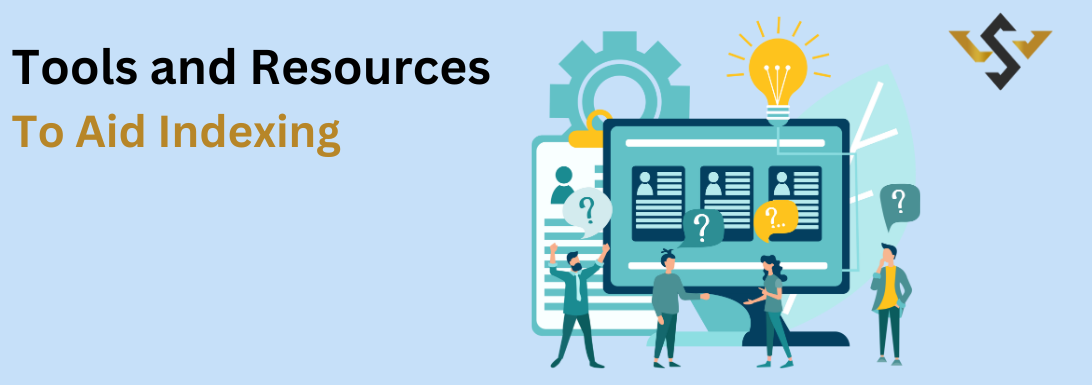
Several tools and resources can assist in improving indexing and resolving indexing issues. Here are some notable ones:
Google Search Console: Monitor indexing status, submit sitemaps, and request indexing.
XML Sitemaps: Help search engines understand your site's structure and index pages.
Fetch as Google: Request manual indexing of specific pages or URLs.
Robots.txt Testing Tool: Validate the robots.txt file to avoid unintentional indexing restrictions.
Screaming Frog: Identify indexing issues, duplicate content, broken links, and more.
SEO Auditing Tools: SEMrush, Moz, Ahrefs, etc., offer indexing insights and optimization suggestions.
Structured Data Testing Tool: Validate and optimize structured data implementation. Webmaster Forums and Documentation: Seek guidance and solutions from communities and consult search engine guidelines for best practices.
How to prevent this Google indexing issue
To prevent the “Crawled – Currently not Indexed" issue and ensure proper indexing of your website, follow these preventive measures:
Best Practices for Website Indexability
Create High-Quality Content:
Focus on providing valuable, unique, and relevant content that aligns with user intent. Avoid thin or duplicate content and prioritize user experience.
Optimize Metadata:
Optimize title tags, meta descriptions, and heading tags to accurately represent the content of each page. Use relevant keywords to improve search engine visibility and understandability.
Use XML Sitemaps:
Create and submit an XML sitemap to search engines. Ensure it is updated regularly and includes all important pages to facilitate crawling and indexing.
Check Robots.txt:
Review your robots.txt file to ensure it doesn't block search engine access to essential pages or directories. Avoid accidental noindex directives.
Avoid Misusing “Noindex" Tags:
Carefully implement the “noindex" meta tag and “X-Robots-Tag" HTTP header. Use them only on pages that should not be indexed, such as certain administrative or duplicate pages.
Canonicalization:
Implement canonical tags correctly to avoid indexing conflicts with duplicate or similar content. Ensure the preferred version of a page is properly indicated.
Build High-Quality Backlinks:
Earn high-quality backlinks from authoritative and relevant sources. Backlinks can enhance your website's authority and increase the likelihood of proper indexing.
By implementing these preventive measures, you can minimize the chances of encountering indexing issues and ensure that your website is properly indexed, visible, and accessible in search engine results.
Understand crawler to resolve crawled currently not indexed Google issue
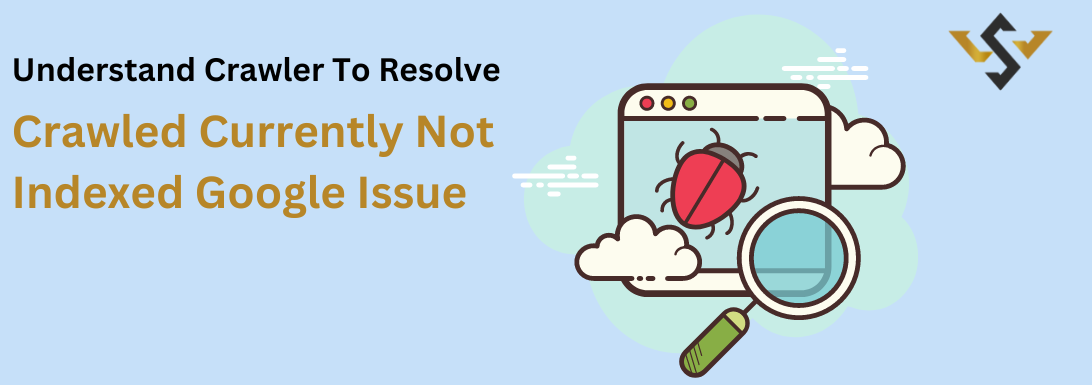
A crawler is a software program that is used to browse websites and collect information. Googlebot is Google's crawler, and it is used to index websites so that they can appear in search results.
The “crawled – currently not indexed" Google indexing issue occurs when Googlebot has crawled a page on your website, but has not yet indexed it. There are a few reasons why this might happen, including:
The page is new and Googlebot hasn't had a chance to index it yet.
The page has a robots.txt rule that blocks Googlebot from crawling it.
The page has duplicate content.
The page has low quality content.
The page has a technical issue that is preventing Googlebot from indexing it.
Benefits of using Google Search Console for Website owners
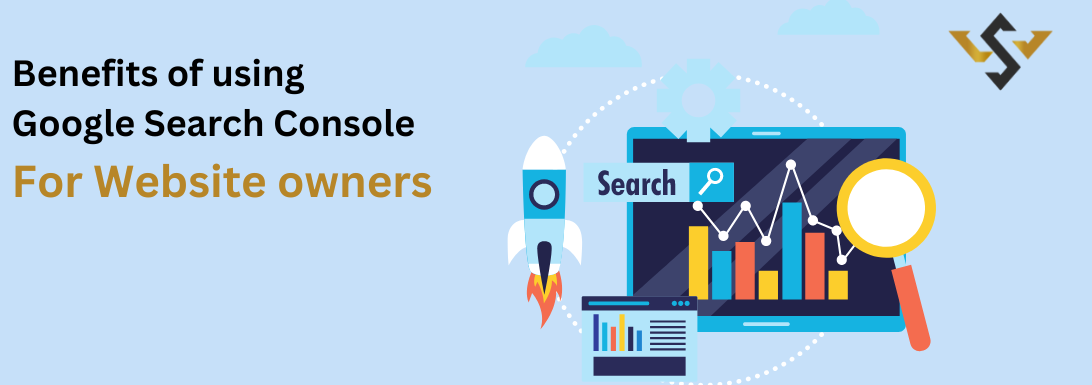
Indexing Insights: Understand how Google indexes your website and ensure that all important pages are properly crawled and indexed.
Backlink Monitoring: Keep track of external websites linking to your site, analyze your backlink profile, and identify potential opportunities or risks.
Manual Actions and Security Alerts: Receive notifications about manual actions imposed on your site for guideline violations and stay informed about any security issues or malware detected.
URL Inspection Tool: Analyze how specific URLs on your website are indexed by Google, identify crawling or indexing issues, and see how the pages appear in search results.
Sitemap Submission: Submit XML sitemaps to facilitate search engine discovery and crawling of your website's pages.
Structured Data Validation: Ensure the correct implementation of structured data on your website and receive feedback on any errors or improvements needed.
Performance Enhancements: Utilize the data and insights provided by Search Console to optimize your website's SEO performance and improve search visibility.
Troubleshooting and Issue Resolution: Use Search Console to identify and address crawling, indexing, or other technical issues affecting your website's performance in search results.
Access to Google's Tools and Resources: Gain access to a variety of resources, documentation, and guidelines from Google to enhance your understanding of SEO best practices and improve your website's overall performance in search engines.
Conclusion
In conclusion, the “Crawled – Currently not Indexed" issue is a common challenge faced by website owners in Google Search Console. It occurs when Googlebot crawls a page but does not include it in its index. This issue can have negative implications on organic visibility and search rankings. By understanding the reasons behind this issue, owners can take the necessary steps to resolve it and ensure proper indexing of their pages. For that website owners can always contact a SEO Company who provides Technical SEO services.